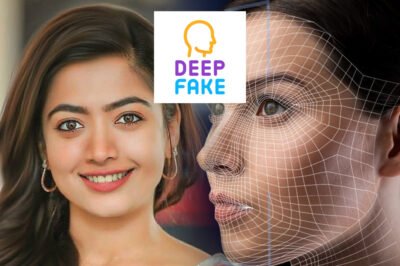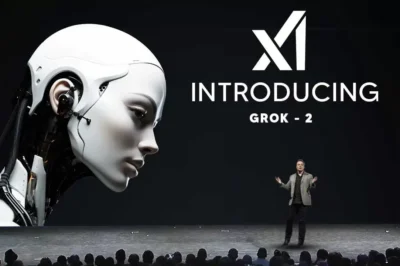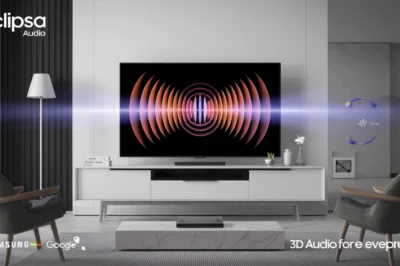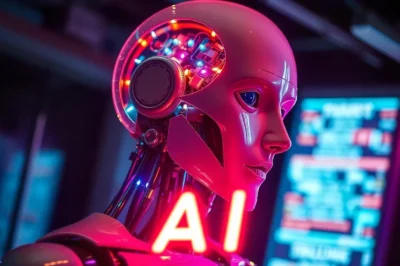Deepfake AI, a technology capable of creating highly convincing fake videos and audio, is increasingly becoming a concern due to its potential misuse. Could these technological advancements be posing real threats to public trust and international security?
Introduction to Deepfake AI
Deepfake AI combines deep learning with digital forgery, allowing for the creation of fake videos and audio that appear startlingly real. Initially emerging as a novel tech phenomenon, deepfakes have rapidly evolved, showing their capability to impersonate public figures convincingly. As this technology becomes more accessible, understanding its implications—both positive and negative—is crucial.
The Risks Associated with Deepfake AI
Spreading Misinformation:
- Political and Social Manipulation: One of the most significant dangers of deepfake technology is its ability to create false narratives. For instance, a manipulated video of Ukrainian President Volodymyr Zelenskyy, which falsely showed him asking troops to surrender, highlights how deepfakes can be used to mislead audiences and influence public opinion.
Threats to National Security:
- Inciting Violence: Deepfakes can be used to make it appear as though public officials are making inflammatory statements they never actually made, potentially inciting violence and chaos.
- Undermining Legal Systems: In the legal realm, there is a risk that deepfakes could be used to produce fake evidence, thereby corrupting the course of justice and impacting legal outcomes.
Electoral Interference:
- Manipulating Elections: The potential use of deepfakes in elections is particularly worrisome, as they could be employed to create false advertisements, fake news, or misleading representations of politicians to sway voters’ opinions.
Potential Positive Uses of Deepfake Technology
While the risks are significant, deepfake AI also offers various beneficial applications:
- Entertainment and Media: In the entertainment industry, deepfakes can be used to enhance visual effects, create new content, and offer personalized media experiences.
- Customer Support: Deepfake technology can improve interaction in customer service applications, providing more personalized and engaging responses through virtual assistants.
Educational Insights
For students, understanding the dual nature of technologies like deepfake AI is essential. It highlights the need for critical thinking and responsible tech usage. By examining both the positive potential and the dangers, students can better appreciate the complex role such technologies play in modern society.
Conclusion
The rise of deepfake AI presents a paradox of technological advancement, where the same tools that can entertain and streamline our lives also possess the potential to disrupt societies and erode trust. As we continue to explore the capabilities of AI, it becomes crucial to develop safeguards against its misuse.
Now, we’d like to hear from you: Do you believe that the risks associated with deepfake AI outweigh its benefits? Vote in our poll and share your thoughts on how society should handle the challenges posed by this powerful technology.




































































Leave a Reply